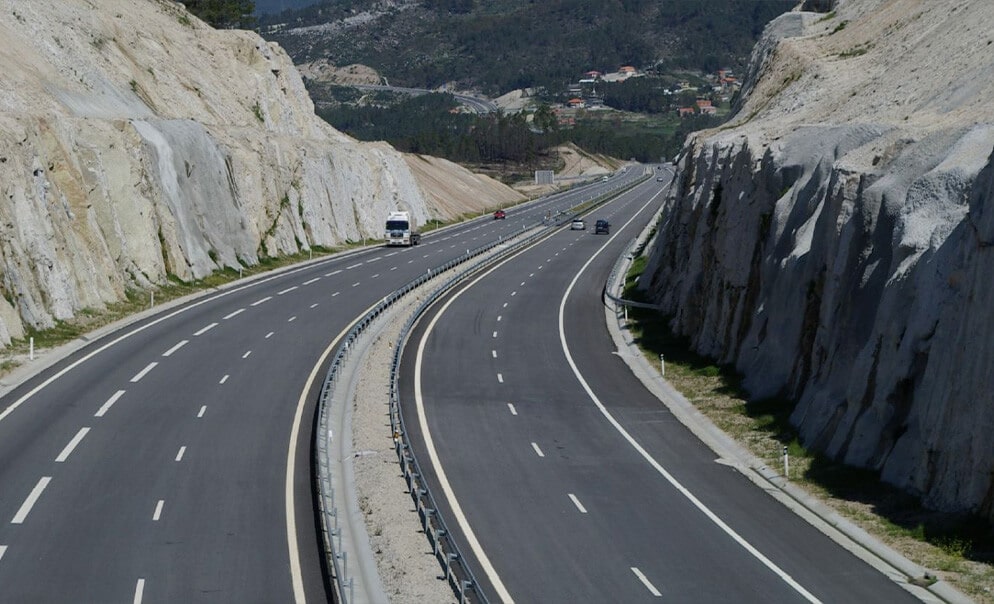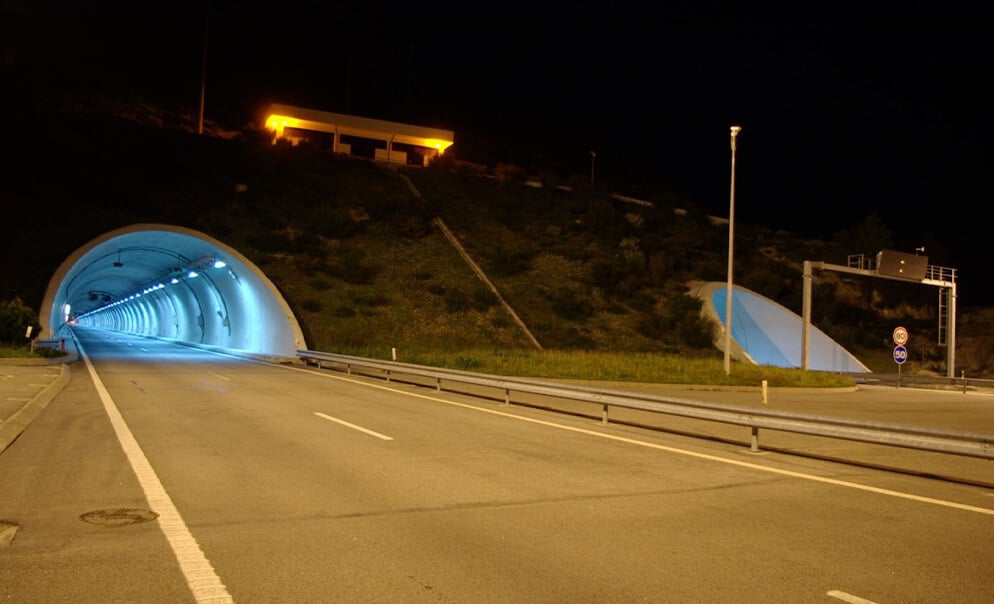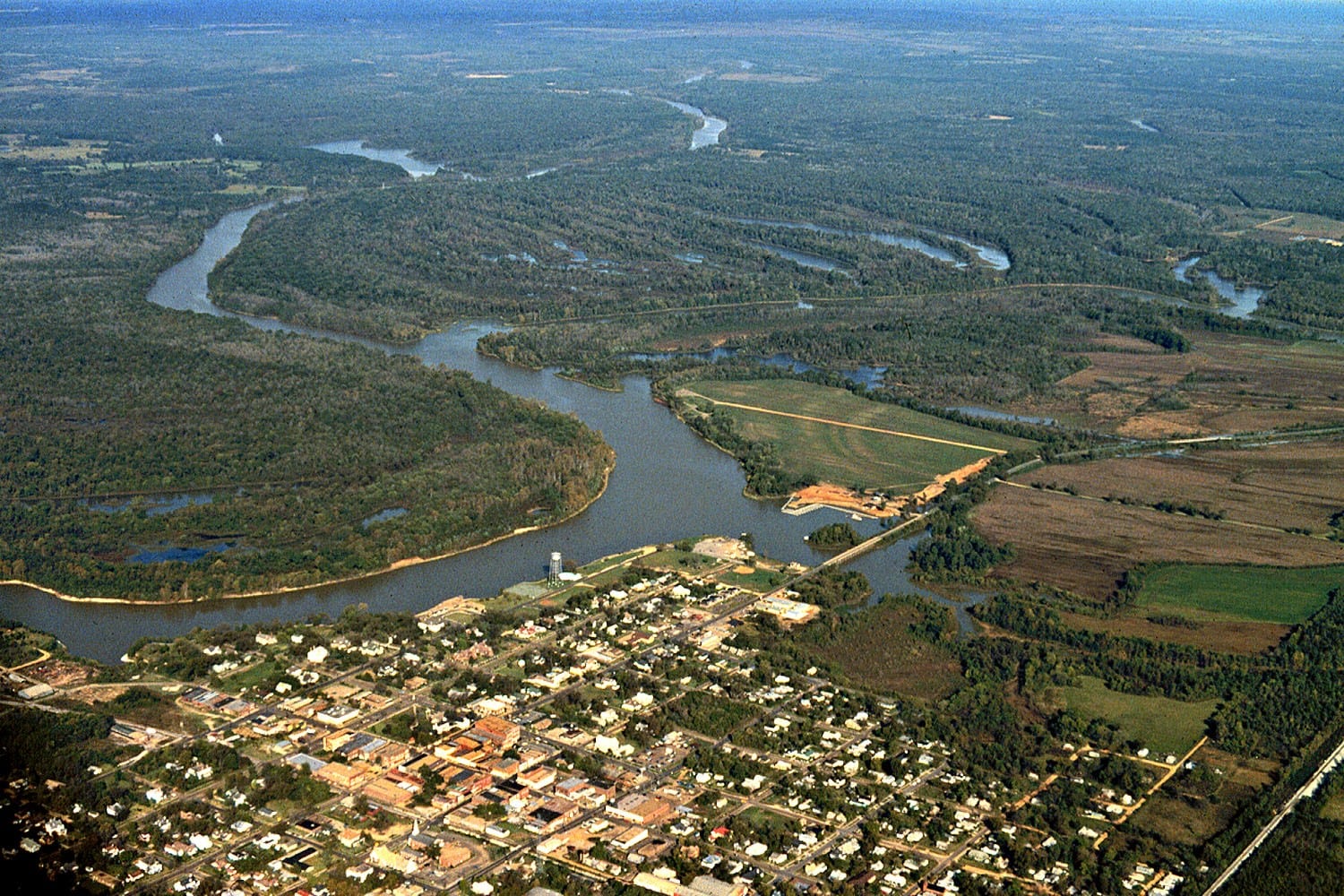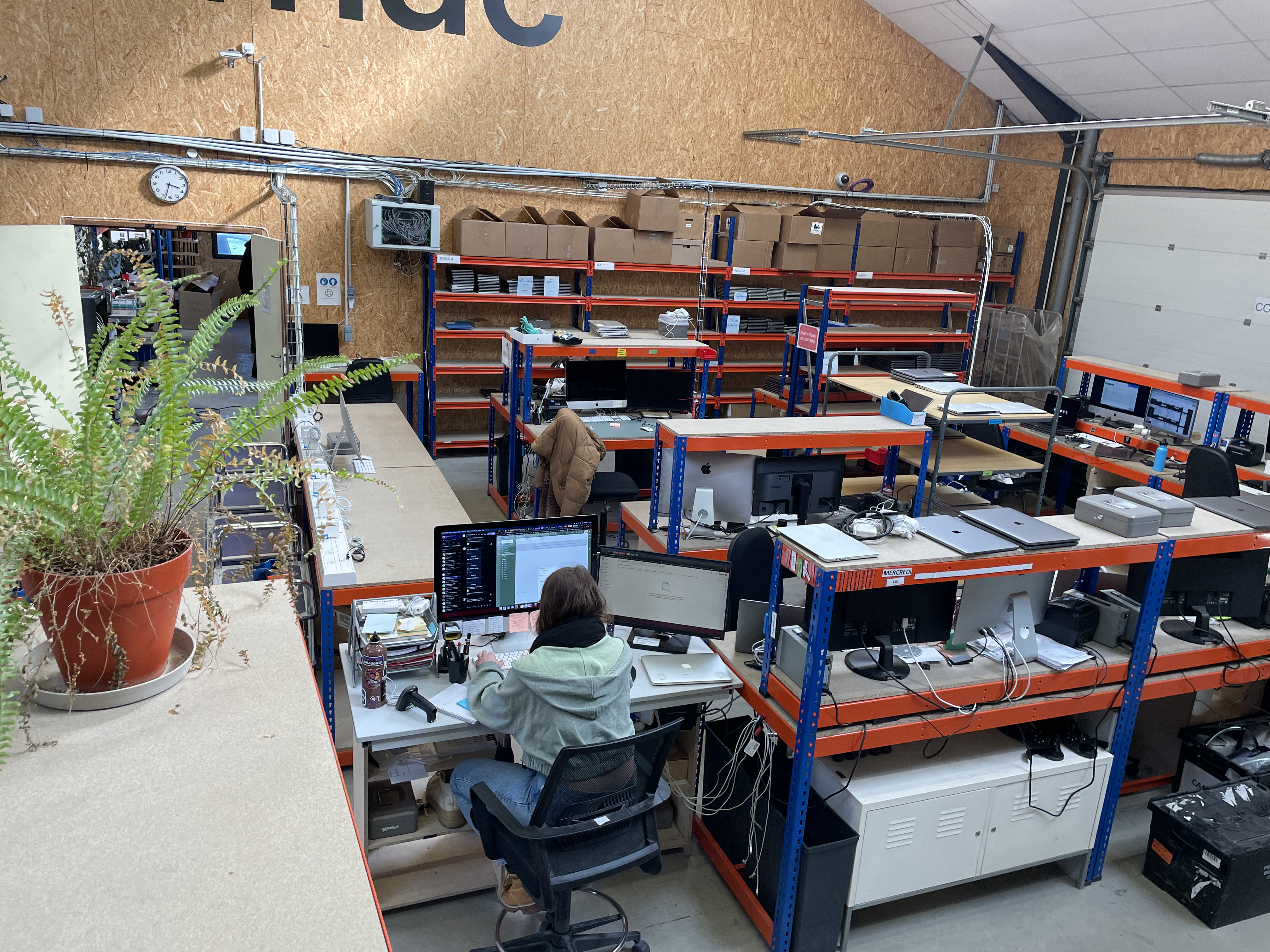Our impact
Solar power on Portugal’s A24
The diligent approach bringing big energy gains
Stepping up efforts to reduce energy costs and the carbon footprint of the highway.
Savings in energy costs
Substantial
Stretch of motorway
157km
Road networks consume a lot of energy. For example, it takes about 216MWh of electricity just to power two Operation & Maintenance (O&M) Centres (CAMs) on the A24 in Portugal for one year.
At both of these facilities and other points along a 157km stretch of the A24 motorway, the A24 operator Egis Road Operation Portugal and its client, the concessionaire Norscut, have stepped up efforts to reduce energy costs and the carbon footprint of their highway.
The two O&M Centres are now powered partly by arrays of photovoltaic (PV) panels installed on the buildings’ roofs. During 2019, further PV systems will be installed to power the lighting, ventilation and other electrical systems in at least one tunnel on the A24 route between Viseu and Chaves.
Contracts for this work are being procured following a process of evaluating the merits and associated risks involved when making a substantial investment in installing PV panels. The likely benefits were already understood, as a similar exercise had already been undertaken for the O&M Centres – at Pedras Salgadas and further south at Lamego, which houses the A24 traffic control centre and all of its energy-hungry electronic equipment.
“The idea for installing PV panels came in 2015,” says Egis Portugal‘s Chief Executive Officer, Luís Simão. “In line with the ESG (Environmental, Social and Governance) strategies of Egis and Meridiam, we were looking for ways to reduce the environmental impact and the costs of operating the A24. We had already seen similar initiatives undertaken by Meridiam projects in Austria and elsewhere. It was a good time to look at doing the same on the A24.”
Simão Pereira is the Chief Executive Officer for Norscut. He says:
“The proposal was progressed with Egis and Norscut working in partnership. Egis studied the consumption of energy at each operational centre and the capability for solar panels to generate this electricity, while we focused on the costs involved and the expected time required to generate a return on the investment.”
Egis’ investigations focused on areas where electricity consumption is at its highest during daylight hours. This pointed to the two A24 operational centres and to road tunnels where lighting and electrical equipment is in use at all times. Battery technology is currently insufficiently developed to store power needed for lighting the road at night.
“The large batteries that would be required would need too much space and would not be efficient enough to be cost-effective,” Simão says. “Solar panel technology has progressed a lot, however, so they have become more efficient and more affordable.”

Norscut highway
Egis studied the energy consumption of the Lamego and Pedras Salgadas facilities on a daily, monthly and annual basis; comparing the figures with the potential for solar power over the same periods. Provisional designs were then drawn up to provide systems of PV panels that were optimised economically – ensuring the majority of electricity needs were met through solar power as much of the time as possible, without making the systems unaffordable.
“The designs also had to take other factors into consideration, including available space and all that would be required for installation, plus the capital costs and payback criteria,” says Filipa Morais, Chief Technical Officer for Norscut. “Close inspection of the rate of return on the investment was very important to us. Potentially there were significant energy and cost savings to be made, but the capital costs of PV systems are high. Payback would take some time and it would have to be reached within the remaining time of our concession.”
The critical numbers for Norscut showed that for an investment of €7,400 in the PV panels at Pedras Salgadas, a rate of return (IRR) of 5.4% would bring payback after 10.4 years. At Lamego, the capital cost was a lot more, at €21,600, but the greater energy generated by a larger array of panels would produce a more rapid IRR of 14.9% and a shorter payback period of 6.8 years.
Most importantly, both sites represented a viable investment. Business plans were given the green light by the Norscut board. An array of 80 PV panels was installed on the roof of the Lamego O&M Centre, designed to produce 33MWh per year. At Pedras Salgadas, 20 panels supply 8MWh annually.
“Through our concession agreement, infrastructure energy costs are the motorway operator’s responsibility, so both Egis and Norscut benefit financially,” says Filipa. “Egis is also responsible for the PV systems’ operation and maintenance costs, of about €400 per year, but it benefits more from a significantly reduced annual electricity bill. Norscut receives a corresponding regular remuneration payment from Egis; an amount which will be profit after the payback period.”
Further good news for Norscut and Egis has come from subsequent monitoring of the PV systems’ performance in-situ, which showed the first year of operation matched the energy outputs forecast. It was then logical for Egis to progress with a similar treatment for the A24 tunnels.
The longest, the Castro Daire tunnel, is 818m in length and the largest of the three in terms of its energy consumption. Given that PV panels would be located on technical support buildings or surrounding land near the tunnel entrances, Castro Daire was also long enough to require a study of solar energy performance at each end. This meant four separate studies for the three tunnels, including the 337m-long Varosa Tunnel and the 275m Régua Tunnel.
The best outcome in terms of IRR is expected from the northern end of Castro Daire, where, for an investment of €33,800, an IRR of 15% will bring payback after six years. The optimum PV system in that location will generate about 55MWh per year, roughly a sixth of the annual consumption of the northern half of Castro Daire. At the southern end, the IRR is predicted at 14% with a payback of 6.1 years, but with a bigger PV array generating over twice as much electricity and providing over a third of the energy needed.
Even the smallest of the systems studied, for the Varosa Tunnel, is expected to produce an IRR of 6% and payback within nine years. For a total investment of around €130,000 in the PV systems for the tunnels, the savings in energy costs will be substantial.
Norscut and Egis are also sizing up a significant reduction in the size of the carbon footprint of the A24. So far the quantity of electricity generated per year from solar power at the two O&M Centres comes to 41MWh. If all of the PV arrays proposed for the A24 tunnels become operational, the annual total of energy no longer drawn from Portugal’s national grid will reach 248MWh. So far Norscut has confirmed a PV system will be installed in the Castro Daire tunnel, with decisions on the others expected to follow.
“After achieving good performance and having experience from the O&M Centre solar power projects, it made sense to do the same for the tunnels and we will hopefully be able to install more on the A24, for its service areas as well,” Luis Simão says.

Norscut tunnel
Further developments may also see the next generation of large-scale batteries introduced to support highway assets. As a side effect of the optimised designs, the PV panels produce a surplus of energy during peak sunlight periods.
“We investigated the viability of selling this electricity, but we were not generating a sufficient quantity to make the exercise worthwhile, to justify the additional costs associated with seeking the changes to our concession that would be necessary to allow us to earn revenue from electricity,” says Simão.


